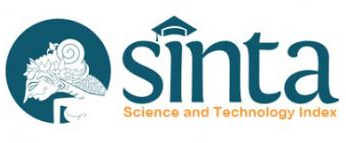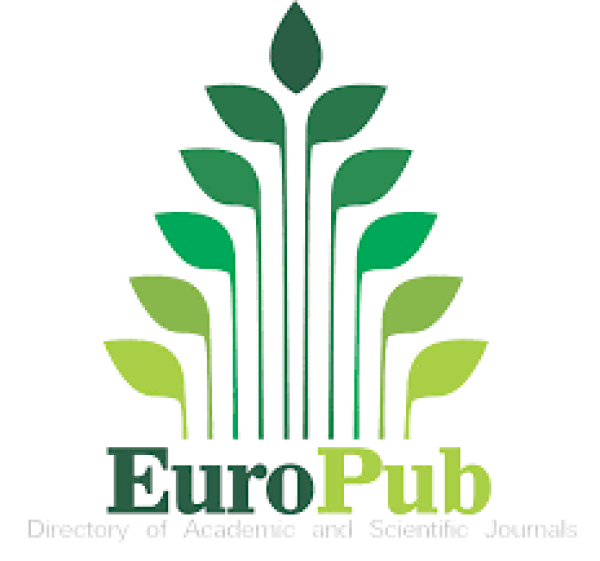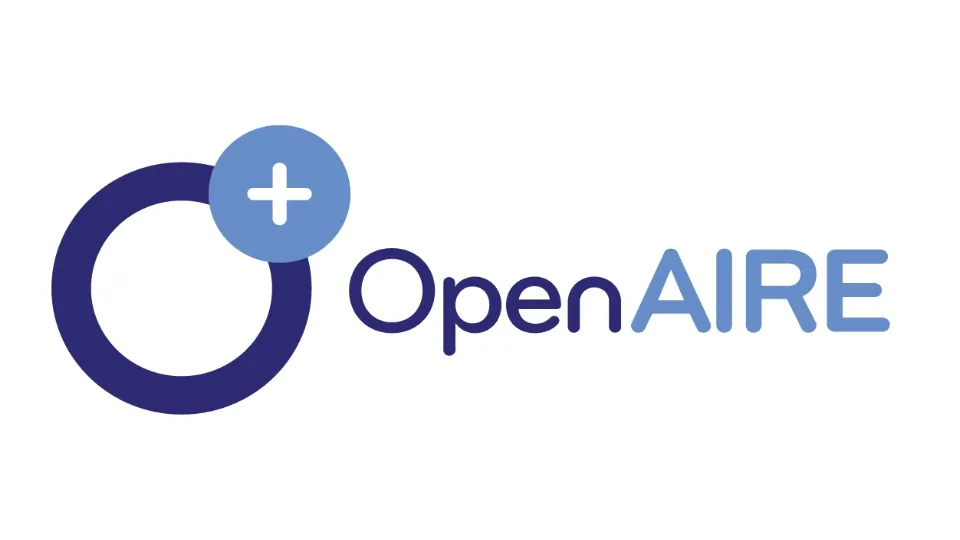Kajian Semiotik E-Poster Peringatan Hari Buku Sedunia Perpustakaan Nasional RI di Instagram
DOI:
https://doi.org/10.21154/pustakaloka.v12i2.2885Keywords:
semiotics Barthes, e-poster, library promotion, InstagramAbstract
The e-poster is used by the National Library of Indonesia in the context of promoting libraries and a culture of reading fondness, in order to realize a lifelong learning community. The purpose of this study was to study the meaning of one of the 2020 World Book Day commemoration e-posters. This research uses the Charles Sanders Peirce Semiotics analysis to find out the meaning contained in the e-poster. The meaning is done by Barthes Semiotic Theory which is the significance of two hangovers. The sign is seen from the two elements of e-poster namely Visual Elements and Text Elements, then analyzed by looking at objects from the aspects of denotation, connotation and myth. The process of analysis obtains meaning obtained from the point of view interpretation (interpreter). With the following results, the e-poster approves the National Book Day of the Republic of Indonesia National 2020 which is displayed on the Instagram account of the national library of the Republic of Indonesia (National Library of the Republic of Indonesia, 2020) which has represented the national promotion library with its function as an institution responsible for encouraging Indonesian people to spend their lives, mandated in Act 43 of 2007 concerning libraries in article 21 paragraph 3References
Alvionita, Indah. “Pengaruh Pemberian Poster Dan Sms Reminder Terhadap Kepatuhan Minum Tablet Besi Dan Kenaikan Kadar Hb Ibu Hamil Di Wilayah Kerja Puskesmas Sukoharjo,” 2017.
Andriany, Poppy. “Perbandingan Efektivitas Media Penyuluhan Poster Dan Kartun Animasi Terhadap Pengetahuan Kesehatan Gigi Dan Mulut.” Journal of Syiah Kuala Dentistry Society 1, no. 1 (2016): 21”“28.
Aryanto, Hendro. “Makna Tanda Pada Poster Film Kuntilanak 2.” URNA, Jurnal Seni Rupa Vol. 1, No (2012): 162.
Gani, Husni Abdul, Erdi Istiaji, and Atdelia Irla Kusuma. “Perbedaan Efektivitas Leaflet Dan Poster Produk Komisi Penanggulangan AIDS Kabupaten Jember Dalam Perilaku Pencegahan HIV/AIDS.” Jurnal IKESMA Volume 10 (2014).
Gumilar, Gumgum. “Pemanfaatan Instagram Sebagai Sarana Promosi Oleh Pengelola Industri Kreatif Fashion Di Kota Bandung.” Jurnal Ilmu Politik Dan Komunikasi V, no. 2 (2015): 77”“84.
Hoed, Benny H. Semiotik Dan Dinamika Sosial Budaya. Edisi keti. Depok: Komunitas Bambu, 2014.
Imam Muflihun. “Kajian Semiotis Poster Anti-Tank Karya Andrew Lumban Gaol,” 2017.
Masters, Ken, Trevor Gibbs, and John Sandars. “How to Make an Effective Poster.” MedEdPublish, no. 1 (2015). http://dx.doi.org/10.15694/mep.2015.004.0001.
Nöth, Winfried. Handbook of Semiotics, 1995.
Perpustakaan Nasional Republik Indonesia. “Poster Peringatan Hari Buku Sedunia Perpustakaan Nasional RI 2020,” 2020.
https://www.instagram.com/p/B_TRyIog22L/?igshid=tpjgz9nkyu37.
Qurrotul’ain Nurul Ulfah. “Semiotika Poster Dakwah Dengan Tema Bukan Islam Ktp Pada Akun Instagram @Hijabalila.” UNIVERSITAS ISLAM NEGERI SYARIF HIDAYATULLAH, 2018.
REPUBLIK INDONESIA. UNDANG-UNDANG REPUBLIK INDONESIA NOMOR 43 TAHUN 2007 TENTANG PERPUSTAKAAN (2007).
Sari, Evi Aprilia. “Peran Pustakawan Ai (Artificial Intelligent) Sebagai Strategi Promosi Perpustakaan Perguruan Tinggi Di Era Revolusi 4.0.” BIBLIOTIKA : Jurnal Kajian Perpustakaan Dan Informasi 3, no. 1 (2019): 64”“73. https://doi.org/10.17977/um008v3i12019p064.
Tinarbuko, Sumbo. Semiotika Komunikasi Visual. Yogyakarta: Jalasutra, 2008.
Downloads
Published
How to Cite
Issue
Section
License
Requirements to be met by the author as follows:
- Author storing copyright and grant the journal right of first publication manuscripts simultaneously with licensed under the Creative Commons Attribution License that allows others to share the work with a statement of the work's authorship and initial publication in this journal.
Authors can enter into the preparation of additional contractual separately for non-exclusive distribution of a rich version of the journal issue (eg: post it to an institutional repository or publish it in a book), with the recognition of initial publication in this journal.
Authors are allowed and encouraged to post their work online (eg, in institutional repositories or on their website) prior to and during the submission process, because it can lead to productive exchanges, as well as citations earlier and more severe than published works. (see The Effect of Open Access).















